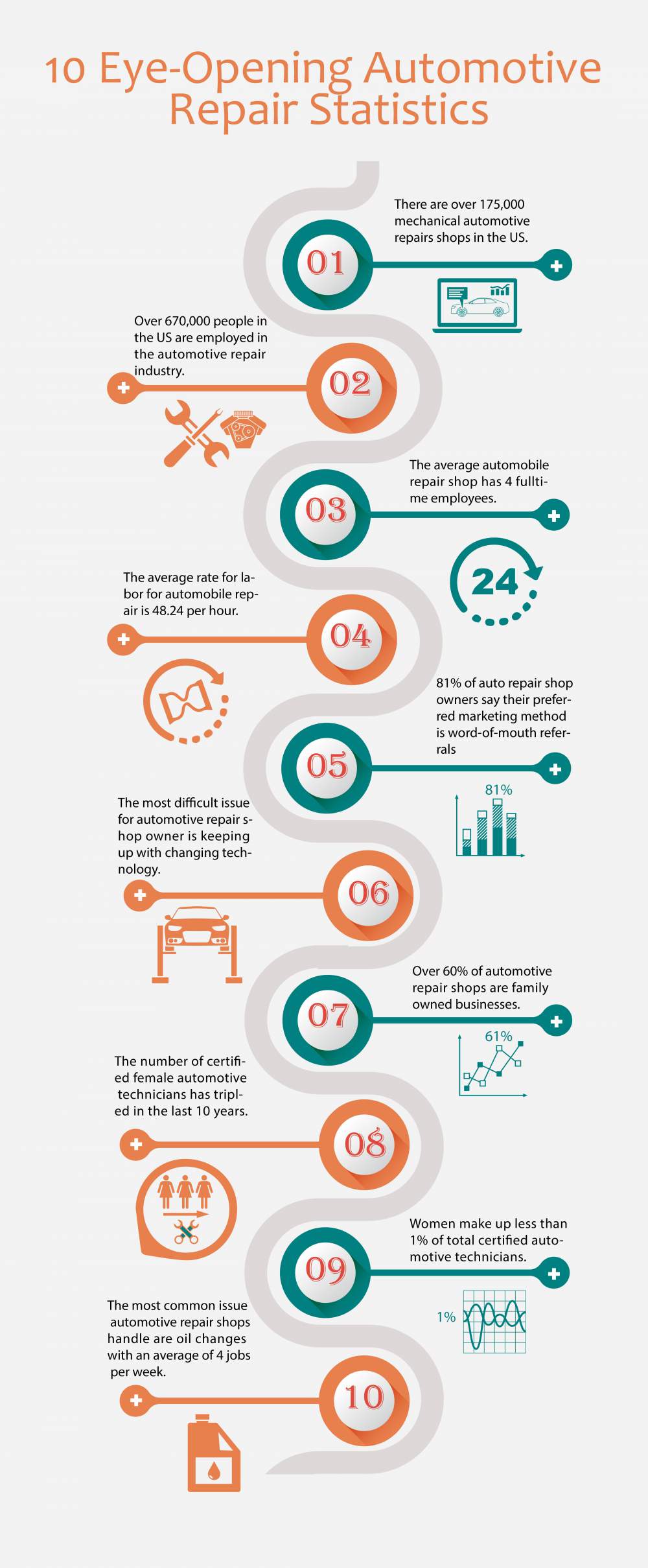Decoding Your Car'S Warning Indicators: What They Really Symbolize
Decoding Your Car'S Warning Indicators: What They Really Symbolize
Blog Article
Composed By-Lim Torres
When you're behind the wheel, those radiant caution lights on your control panel can be a bit bewildering. Do you recognize what they're attempting to inform you regarding your auto's health and wellness? Recognizing the significance of these lights is crucial for your security and the long life of your car. So, the following time among those lights turns up, wouldn't you wish to understand its message properly and take the essential actions to address it?
Common Caution Lighting and Interpretations
Determine usual warning lights in your vehicle and understand their meanings to ensure risk-free driving.
One of the most common caution lights include the check engine light, which signifies problems with the engine or discharges system. If this light comes on, it's critical to have your vehicle examined without delay.
The oil pressure warning light shows low oil pressure, calling for instant interest to stop engine damage.
A blinking battery light could recommend a faulty billing system, possibly leaving you stranded if not addressed.
The tire pressure monitoring system (TPMS) light signals you to reduced tire pressure, impacting vehicle stability and fuel effectiveness. Neglecting this might lead to harmful driving problems.
The abdominal light shows a trouble with the anti-lock stopping system, endangering your capability to quit quickly in emergency situations.
Last but not least, the coolant temperature level warning light warns of engine overheating, which can lead to extreme damages if not dealt with swiftly.
Comprehending these usual warning lights will certainly help you resolve problems quickly and maintain safe driving problems.
Significance of Prompt Interest
Recognizing the common warning lights in your auto is only the primary step; the significance of immediately attending to these warnings can't be emphasized sufficient to ensure your security on the road.
When a caution light illuminates on your dashboard, it's your vehicle's way of connecting a possible issue that needs focus. Overlooking these warnings can result in much more severe problems in the future, compromising your safety and potentially costing you a lot more out of commission.
Prompt focus to advising lights can protect against breakdowns and crashes. As an example, a blinking check engine light might indicate a misfire that, if left ignored, could cause damages to the catalytic converter. Resolving this immediately can save you from an expensive fixing.
Likewise, a brake system advising light could indicate low brake liquid or worn brake pads, essential components for your safety when driving.
Do It Yourself Troubleshooting Tips
If you observe a warning light on your dashboard, there are a few DIY fixing pointers you can attempt prior to seeking expert assistance.
The first step is to consult your cars and truck's handbook to comprehend what the specific warning light indicates. Often the concern can be as straightforward as a loosened gas cap causing the check engine light. Tightening up the gas cap might resolve the problem.
autodetailing is a reduced battery, which can trigger numerous cautioning lights. Inspecting the battery connections for deterioration and guaranteeing they're secure may repair the problem.
If a warning light lingers, you can attempt resetting it by separating the automobile's battery for a few minutes and afterwards reconnecting it. Additionally, examining hop over to this web-site , such as oil, coolant, and brake liquid, can aid repair cautioning lights related to these systems.
Final thought
In conclusion, comprehending your auto's caution lights is essential for maintaining your car running smoothly and securely. By without delay dealing with these signals and recognizing what they suggest, you can stay clear of costly repair work and potential breakdowns.
Bear in mind to consult your cars and truck's manual for particular details on each warning light and do something about it appropriately to guarantee a trouble-free driving experience.
Keep informed, remain risk-free on the road!
